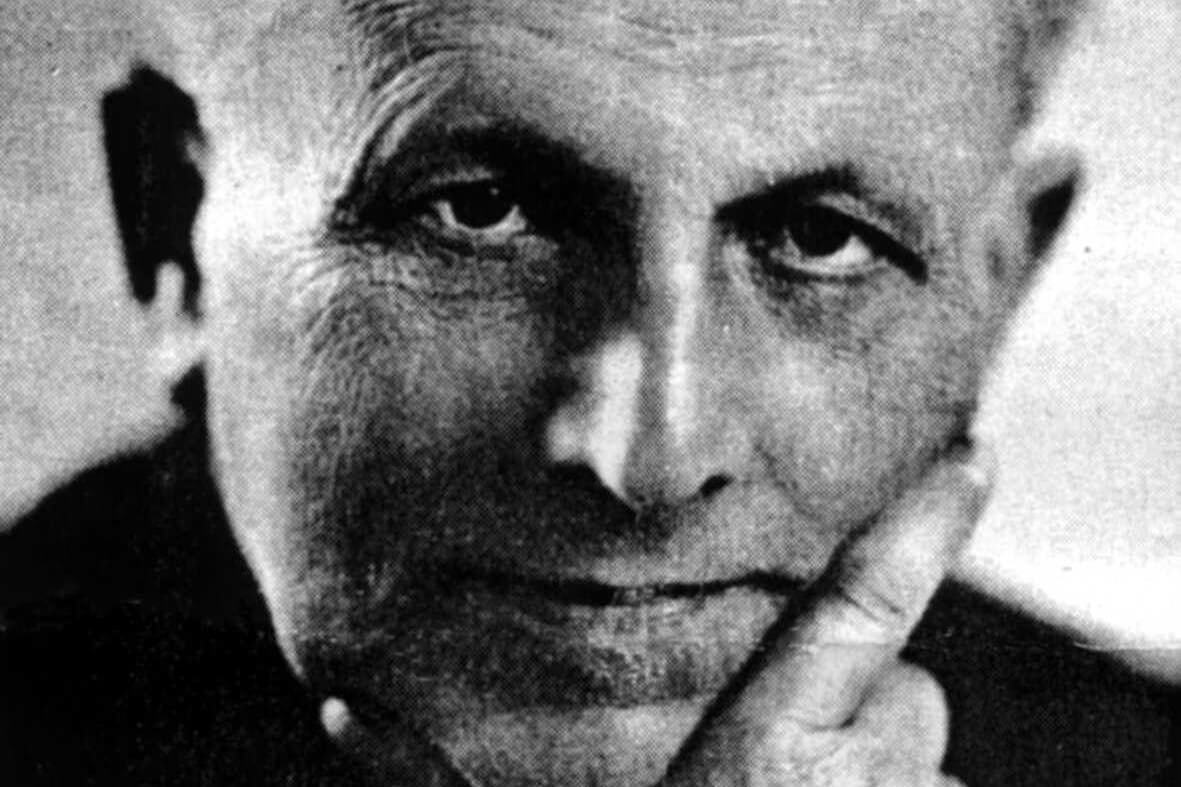Karla Poewe is an anthropologist and Professor Emeritus at the University of Calgary. She conducted fieldwork in Zambia, Namibia, and South Africa followed by archival research in Germany between 1990 and 2018 in various archives including the Federal Archives of Berlin and Koblenz, the German Literature Archive in Marbach, and the Political Archive of the Foreign Office Berlin, among others. She published 10 books and over 50 articles in professional journals.

